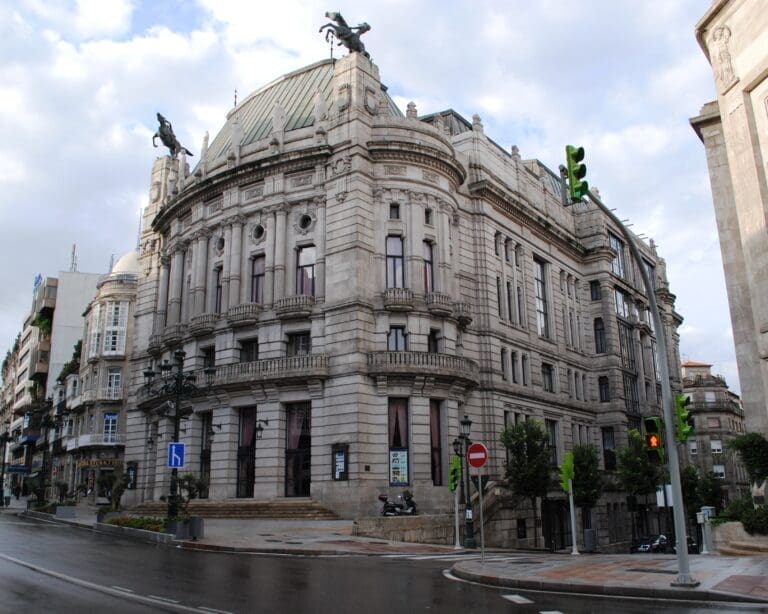The “Olívica City” preserves remains that demonstrate settlements from 2000 B.C.: dolmens, tumuli, findings from the Stone Age and Neolithic, forts… however, it was during the time of Emperor Augustus when Vicus Spacorum transformed into a stipendiary city, attached to the province of Lusitania. Already in Roman times, it constituted an important maritime and industrial center, leaving vestiges such as: Alcabre or Toralla, remains of port facilities, saltworks, salt factories, necropolises, underwater remains… The Middle Ages were marked by pirate incursions from northern Europe, which forced the construction of the city walls and the San Sebastián Castle in 1656. In Vigo, it is possible to read its history through architecture: The maritime origins, the noble splendor of the 19th century, rationalism in the modern city, or the avant-garde Vigo of today in recent constructions. Vigo is an industrial, tourist, and service city. Its economy is mainly based on the industrial sector and fishing. The other main sectors are commerce and tourism, whose main attraction is the beautiful Cíes Islands that are part of the Atlantic Islands National Park.
Vigo













